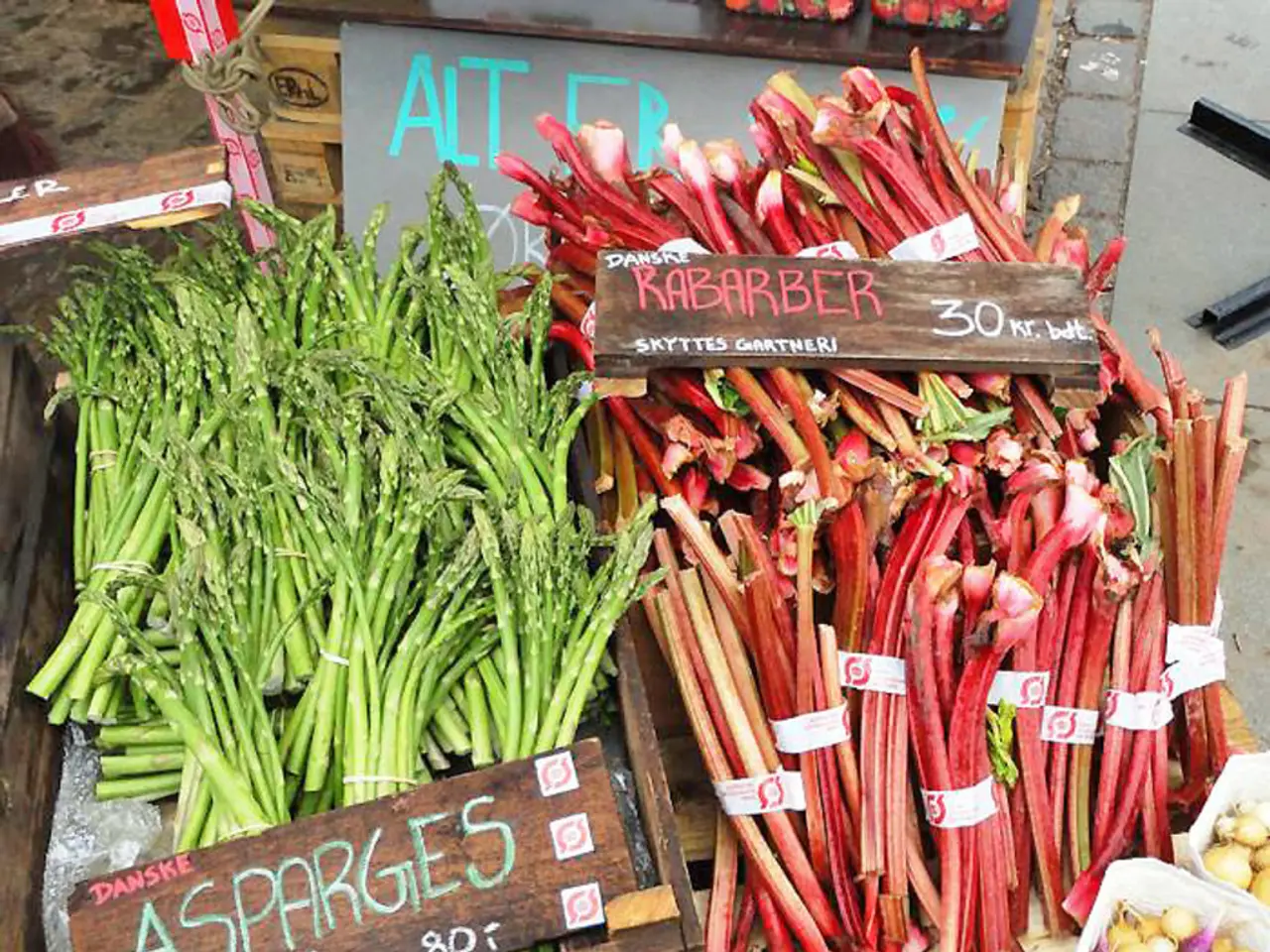Kitchen Trends of 2026: A Guide to Deciding Between Japandi and Wabi-Sabi Styles
In the world of interior design, two trends that have captured the hearts of many are Japandi and Wabi-Sabi. These styles, while sharing some similarities, offer unique approaches to creating calming, timeless spaces.
Japandi kitchens, a blend of Japanese and Scandinavian influences, are characterised by minimalism, clean functionality, and a focus on soft, neutral colours. The design is intentional, with simple cabinetry made from light woods and a muted palette that emphasises order and balance. Japandi kitchens are ideal for those who love super contemporary, minimal interior trends and desire a clutter-free ethos.
On the other hand, Wabi-Sabi kitchens take on a more 'free' approach, embracing imperfection and a lived-in, imperfect beauty. This Japanese aesthetic celebrates imperfection, asymmetry, and the beauty of aged and weathered materials. Wabi-Sabi kitchens may include elements that are imperfect, aged, or irregular, and they embrace the beauty of imperfection. If you prefer slightly moodier interiors and want your kitchen to feel like a cozy haven, try Wabi-Sabi inspired features.
A key feature of Wabi-Sabi design is the use of natural materials, such as wood, stone, and clay, to create a warm and inviting atmosphere. Open shelving is a popular feature in a Wabi-Sabi kitchen, filled with everyday kitchenware and personal memorabilia. Wabi-Sabi kitchens may also include items with a patina or signs of wear, as these are seen as adding to the charm and character of the space.
In a Wabi-Sabi inspired kitchen, you will see darker wood tones and dramatic contrasts. Kitchen storage ideas in a Japandi kitchen should be well-hidden to keep worktops clutter-free, whereas Wabi-Sabi kitchens may not be as focused on organization and hiding clutter.
Japandi kitchens, with their clean lines and orderly calm vibe, are great for small kitchens to enhance the sense of space. However, if you're not the tidiest but still love minimalistic design, Wabi-Sabi might be the trend for you. It's more organic and forgiving, celebrating imperfection and patina, and adding character and soul with open shelving and uneven finishes.
In summary, Japandi kitchens are refined, intentional, minimal with clean lines, fresh natural materials, balanced Scandinavian functionality, muted palette, and an orderly calm vibe. Wabi-Sabi kitchens, in contrast, are softer, more organic and rustic, highlighting imperfection and aging, using weathered, aged materials, asymmetrical and less structured designs focused on natural wear and authenticity. Both create calming, timeless spaces connected to nature, but Japandi is more structured and modern minimalism, while Wabi-Sabi embraces imperfection and a lived-in, imperfect beauty.
[1] Source 1 [2] Source 2 [3] Source 3 [5] Source 5 (not provided in the bullet points)
- Minimalism and natural materials are fundamental aspects of Japandi interior-design, as seen in Japandi kitchen ideas, creating orderly, calm spaces with clean functionality.
- If you're looking for kitchen ideas inspired by lifestyle trends that celebrate the beauty of imperfection, you might want to explore Wabi-Sabi interior design, which focuses on open shelving filled with personal items and embraces aged or irregular features.
- In the realm of home-and-garden, cleaning hacks can help maintain the cleanliness and upkeep of various interior designs, especially minimalist styles like Japandi and Wabi-Sabi, which prioritize simplicity and natural materials. [1] [2] [5]




